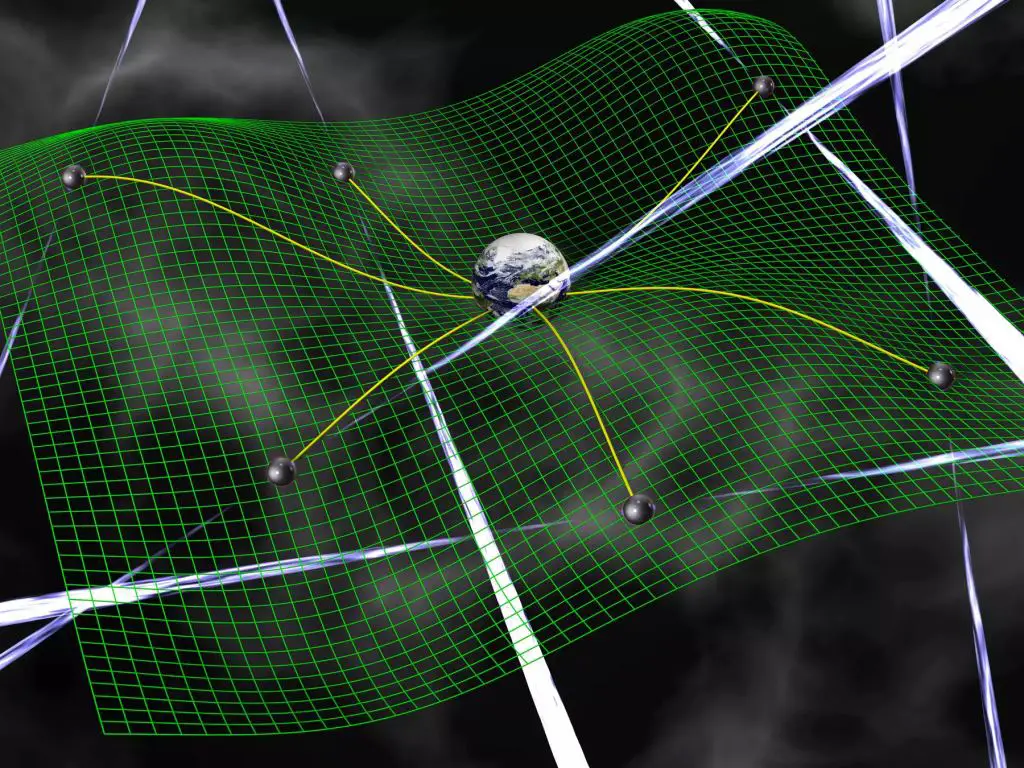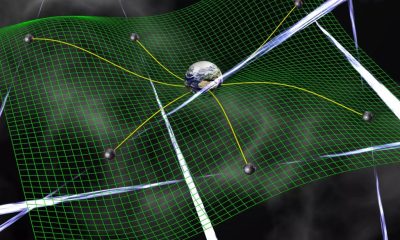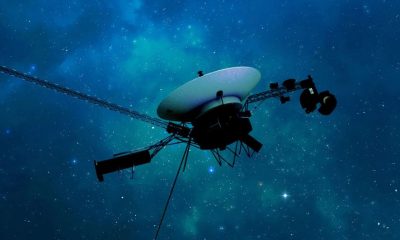News
How Startups from Earth Can Pave the Way for Martian Cities

If future adventurers can successfully establish communities on Mars, how will they sustain themselves financially? What will be the primary export from the Red Planet? Could it be Martian deuterium, utilized for fusion fuel back on Earth? Perhaps raw materials extracted by asteroid miners based on Mars, as illustrated in the “For All Mankind” TV series? Or will future Martians rely entirely on subsidies from Earth?
In Robert Zubrin’s new book titled “The New World on Mars,” the president of the Mars Society proposes that Mars’ most valuable product will be inventions. “We’re talking about creating a new and potentially extremely inventive branch of human civilization, which will benefit humanity as a whole enormously,” he expressed in a recent episode of the Fiction Science podcast. “But moreover, we’ll play from that strength to make money.”
“We are in the process of drawing up business plans for two major initiatives — one in the artificial intelligence area and the other in the synthetic food production area,” Zubrin stated. “And the idea is, fairly soon we’re going to be presenting these business plans to investors, with the idea of starting companies devoted to these two different technological ideas that we have put together.”
Zubrin anticipates that these ventures could yield significant profits, with the potential for the AI concept to be a “billion-dollar idea.” These initiatives are designed to address critical issues for Mars that also have valuable terrestrial applications.

Income generated from these initiatives will be shared between investors and the Mars Society, contributing to the establishment of a Mars Technology Institute. Plans are already in motion to set up a headquarters for the institute, potentially in the Pacific Northwest or in Colorado, where the Mars Society is currently headquartered.
The notion of utilizing earthly ventures to support extraterrestrial undertakings is not novel. In 2015, Elon Musk, founder of SpaceX, mentioned that profits from the Starlink satellite internet network would be channeled towards funding a city on Mars.
Zubrin posits that the challenges of establishing settlements on Mars will drive innovation, similar to how challenges in American history led to groundbreaking inventions. He envisions Mars settlers developing nuclear fission and fusion plants, devising solutions for resource conservation, and optimizing food production amidst the planet’s harsh conditions. These innovations could then be exported back to Earth.
Zubrin’s advocacy for Mars settlement has been a constant theme in his numerous books and television appearances over the years. With the rise of SpaceX and the development of Starship, a reusable super-heavy-lift launch system, the prospect of sending humans to Mars is becoming increasingly plausible.

Zubrin’s vision for Mars settlement is optimistic, emphasizing the opportunities for creativity and innovative freedom that Mars offers. He believes that Mars settlers will be driven by the intrinsic value of creation and freedom, rather than material gains.
For additional reading recommendations from Robert Zubrin, visit the original version of this article on Cosmic Log.
The Fiction Science podcast is co-hosted by Dominica Phetteplace, an accomplished writer based in San Francisco. To discover more about Phetteplace and her work, visit her website and explore her writing in Asimov’s Science Fiction magazine.
Don’t miss out on future episodes of the Fiction Science podcast available on various platforms like Apple Podcasts, Google Podcasts, Spotify, Player.fm, and Pocket Casts. Please rate and subscribe to stay informed about upcoming episodes.
News
Further Support for Gravitational Wave Background in the Universe

The discovery of the gravitational wave background in 2016 marked a significant milestone in our understanding of the Universe. This groundbreaking discovery was further validated by the release of a second data set from the European Pulsar Timing Array, along with the addition of data from the Indian Pulsar Timing Array. These complementary studies have provided more evidence for the existence of the gravitational wave background, shedding light on the cosmic phenomena that shape our universe.
Gravitational waves are ripples in spacetime that are generated by violent processes such as merging black holes and colliding neutron stars. Predicted by Einstein in 1916 as part of his General Theory of Relativity, these waves have the ability to travel through space, largely unimpeded by any obstacles in their path. The first detection of gravitational waves in 2015 by the Laser Interferometer Gravitational-Wave Observatory (LIGO) confirmed their existence, originating from a gravitational merger between two black holes located 1.3 billion light years away.

The recent confirmation of the gravitational wave background by the European and Indian Pulsar Timing Arrays indicates that we are detecting a combined signal from the mergers of supermassive black holes. This random distribution of gravity waves that permeates the Universe offers a new avenue for studying the cosmos, akin to the Cosmic Background Radiation. The collaborative efforts of various observatories and research institutions have enabled us to delve deeper into the mysteries of the Universe.

Utilizing pulsar timing arrays as galaxy-sized detectors, researchers have been able to monitor and analyze the pulse arrival times of galactic pulsars on Earth. By detecting subtle patterns in these signals, they can uncover the presence of the gravitational wave background. The latest study led by J. Antoniadis from the Institute of Astrophysics in Greece delves into the implications of the low-frequency signals observed in the recent data releases from various pulsar timing array systems.
The accumulation of data from multiple sources has provided undeniable evidence for the existence of the gravitational wave background. With ongoing Pulsar Timing Array projects, the signals of the low-frequency gravity waves will become more distinct, offering a wealth of opportunities to explore the Universe in this novel way. The focus now shifts towards interpreting these signals to unlock the secrets of the cosmos.
-

 News1 week ago
News1 week agoUniversity of Wisconsin-Milwaukee and Protesters reach an agreement to dismantle encampment
-

 Entertainment1 week ago
Entertainment1 week agoOlivia Munn opens up about her decision to have a full hysterectomy during breast cancer fight: ‘It was the right choice for me’
-

 Entertainment2 days ago
Entertainment2 days agoSimone Biles Emerges Victorious over Suni Lee and Gabby Douglas at Gymnastics Classic
-

 News2 days ago
News2 days agoFacing Criticism for Shooting Dog, South Dakota Governor Noem Discusses ‘Difficult Choices’
-

 Business12 hours ago
Business12 hours agoWho are Crypto Market Makers and Market Takers?
-

 News14 hours ago
News14 hours agoFurther Support for Gravitational Wave Background in the Universe
-

 Entertainment14 hours ago
Entertainment14 hours agoCourteney Cox Reveals Late ‘Friends’ Co-Star Matthew Perry Continues to ‘Visit’ Her Even After His Passing










